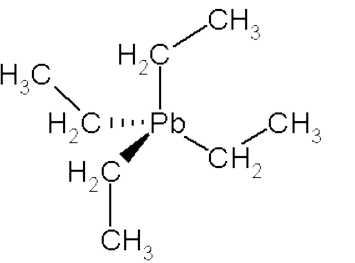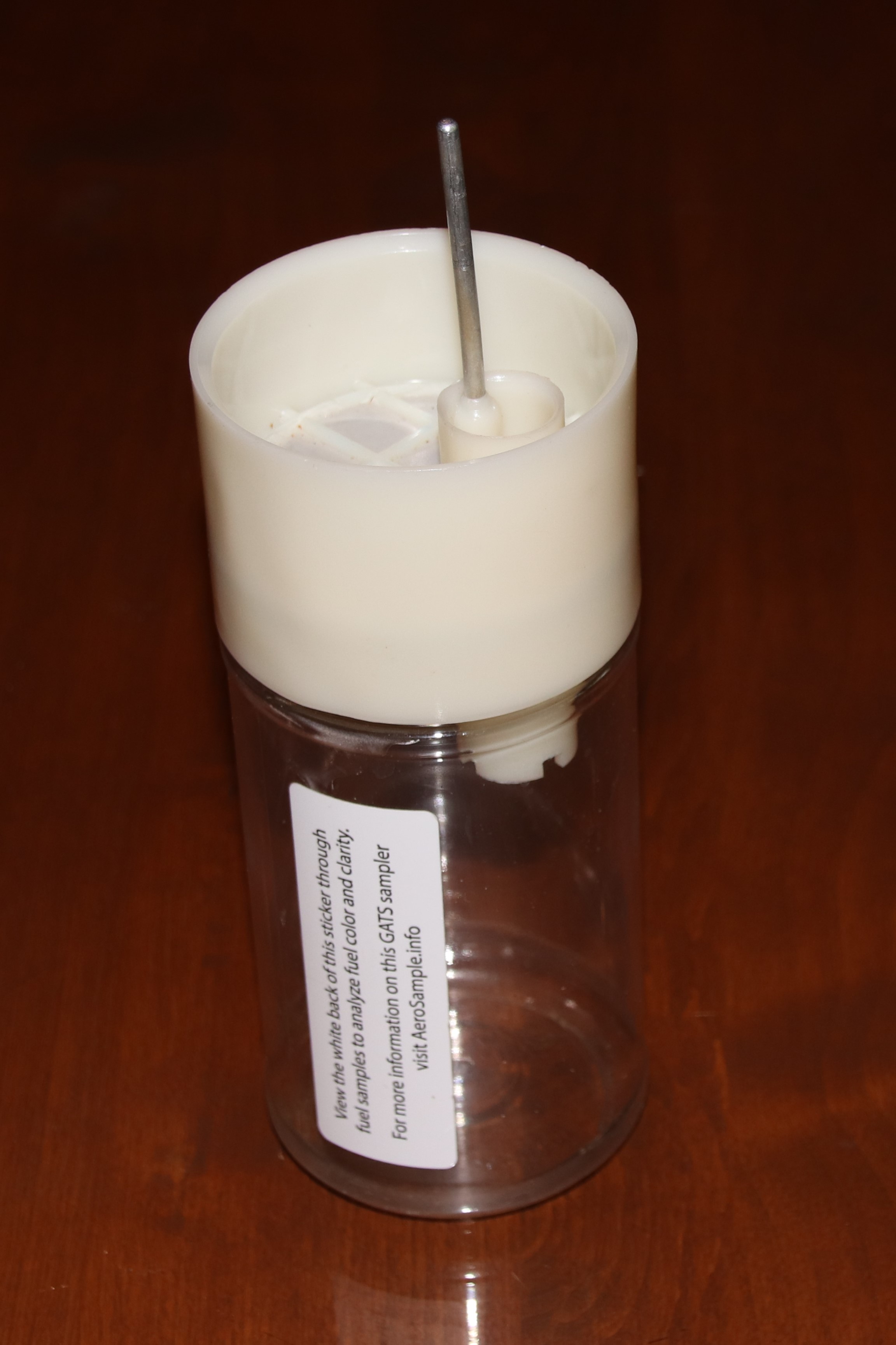It is now and has been for many years a violation of McKinney Airport rules to dump sumped fuel on the ramp. Doing so also poses significant environmental hazards. Dumping fuel on the ground can be a violation of many airport, city, and state rules. Texins Flying Club equips its planes with tools to safely test and recover fuel samples. This article provides some background and information on procedures club members should exercise for handling fuel sample testing in a safe and responsible manner.
The Problem

Components of fuel dumped on the ground can find their way into our groundwater through storm runoff, impacting the ecosystems of creeks, lakes, and rivers that are vital for various forms of life, including humans. 100LL fuel, when not burned in an engine or contained in a fuel tank qualifies as hazardous waste.

All fuels are toxic and carcinogenic. When you dump leaded fuel on the ground it is not just the lead that is the problem, it’s the benzene and other components which get into the water.
Benzene is the worst, as it often migrates farther from the release point in groundwater than other contaminants, and, by concentration, is probably the most toxic and carcinogenic of the fuel components.
The Solution
Considering these concerns, the Texins Flying Club has proactively addressed this issue. The club has equipped each plane in the fleet with its own GATS (Gasoline Analysis Test Separator) jar for sumping fuel. These jars are specifically designed to filter out water and sediment allowing sumped fuel to be safely returned to the tank. Using the GATS jar is easy and they work well for recovering the fuel and leaving the contaminants behind. Le Tourneau has provided an excellent short tutorial video on how to use the GATS jars .

The FAA’s All About Fuel document reminds pilots to dispose of fuel in accordance with Environmental Protection Agency regulations. Dumping sumped fuel into the air, on the ramp, or in the grass is never an option. Although we may have had training in the past or seen instructors, experienced pilots, and others throwing fuel on the ground does not mean it is the correct thing to do. Do the right thing and use the GATS jar and return the fuel to the tank or find an approved way at the airport to dispose of sumped fuel. As a reminder, for your safety we have provided ladders in all Cessnas except 89L (no safe place to put one) so you can more safely access the fuel caps and to make it easier to return the fuel with the GATS jar to the tank.
For gascolator fuel on Cessnas you can ask someone with you to assist in collecting it, use the pitcher in the key room to collect it, or if you are by yourself, you may have no option other than to allow that small amount onto the ramp. There is a procedure to return sumped fuel to the fuelers at KTKI but it is so cumbersome that it is not realistic to expect club members to use it.
Flying Responsibly
As pilots, we have a unique perspective of the world from above, and it is our responsibility to protect the natural beauty that we are privileged to witness. Let’s do our part to safeguard our water supply and the land we cherish by adopting responsible fuel handling practices. Thank you for your attention, and let’s continue to uphold the highest standards of safety and environmental stewardship at Texins Flying Club.

